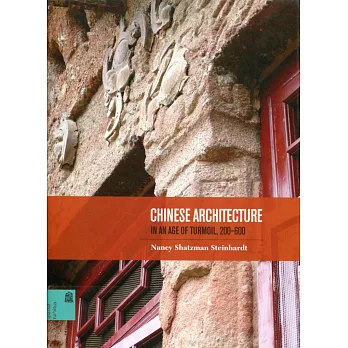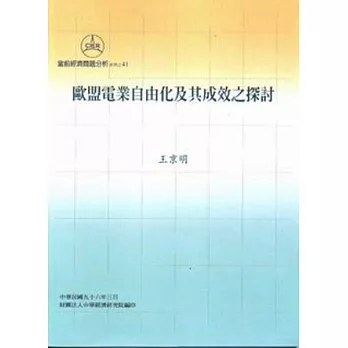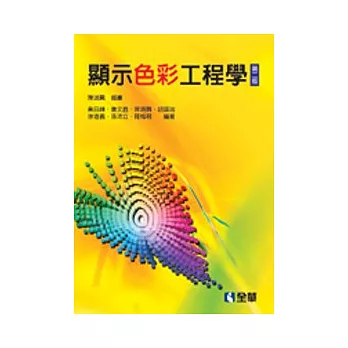close
Chinese Architecture in an Age of Turmoil, 200-600

博客來網路書局
嗨!
您正在找 Chinese Architecture in an Age of Turmoil, 200-600 這本書嗎?
這本 Chinese Architecture in an Age of Turmoil, 200-600 在博客來就可以買的到!
而且在博客來訂購 Chinese Architecture in an Age of Turmoil, 200-600 還享有優惠價唷!
還有博客來會不定期的舉辦一些如購物金贈送或是使用折價券折抵的活動,
購買 Chinese Architecture in an Age of Turmoil, 200-600 自己可以選擇是否要使用7-11取書(貨)服務,亦或是選擇使用宅配到府服務,真的很方便!
底下是 Chinese Architecture in an Age of Turmoil, 200-600 的內容簡介
Between the fall of the Han dynasty in 220 CE and the year 600, more than thirty dynasties, kingdoms, and states rose and fell on the eastern side of the Asian continent. The founders and rulers of those polities represented the spectrum of peoples in North, East, and Central Asia. Nearly all of them built palaces, altars, temples, tombs, and cities, and almost without exception, the architecture was grounded in the building tradition of China. Illustrated with more than 475 color and black-and-white photographs, maps, and drawings, Chinese Architecture in an Age of Turmoil uses all available evidence—Chinese texts, secondary literature in six languages, excavation reports, and most important, physical remains—to present the architectural history of this tumultuous period in China's history. Its author, Nancy Shatzman Steinhardt, arguably North America's leading scholar of premodern Chinese architecture, has done field research at nearly every site mentioned, many of which were unknown twenty years ago and have never been described in a Western language.
The physical remains are a handful of pagodas, dozens of cave-temples, thousands of tombs, small-scale evidence of architecture such as sarcophagi, and countless representations of buildings in paint and relief sculpture. Together they narrate an expansive architectural history that offers the first in-depth study of the development, century-by-century, of Chinese architecture of the third through sixth centuries, plus a view of important buildings from the two hundred years before the third century and the resolution of architecture of this period in later construction. The subtext of this history is an examination of Chinese architecture that answers fundamental questions such as, What was achieved by a building system of博客來書店 standardized components? Why has this building tradition of perishable materials endured so long in China? Why did it have so much appeal to non-Chinese empire builders? Does contemporary architecture of Korea and Japan enhance our understanding of Chinese construction? How much of a role did Buddhism play in construction during the period under study? In answering these questions, the book focuses on the relation between cities and monuments and their heroic or powerful patrons, among them Cao Cao, Shi Hu, Empress Dowager Hu, Gao Huan, and lesser-known individuals. Specific and uniquely Chinese aspects of architecture are explained. The relevance of sweeping—and sometimes uncomfortable—concepts relevant to the Chinese architectural tradition such as colonialism, diffusionism, and the role of historical memory also resonate through the book.
作者: Nancy Shatzman Steinhardt
新功能介紹- 出版社:香港大學出版社
新功能介紹 - 出版日期:2014/12/26
- 語言:英文
商品網址: Chinese Architecture in an Age of Turmoil, 200-600

電業自由化下我國新興電力負載管理之探討 | 歐盟電業自由化及其成效之探討 | 非成像光學系統模擬設計 | |||
顯示色彩工程學(第二版) | 電路板影像轉移技術(二版) | 主動式液晶顯示器(AMLCD)-基礎與應用 |
電業自由化下我國新興電力負載管理之探討 | 歐盟電業自由化及其成效之探討 | ||
非成像光學系統模擬設計 | 顯示色彩工程學(第二版) | ||
電路板影像轉移技術(二版) | 主動式液晶顯示器(AMLCD)-基礎與應用 |

商品網址: Chinese Architecture in an Age of Turmoil, 200-600

第五分局松安派出所巡佐張明良及警員林慧姍擔服勤區查察勤務時,深入各里鄰,發掘生活艱辛困苦民眾,結合松竹寺於廟會節慶之際,發放清寒家庭米、鹽、沙拉油等民生必需品,協助暫渡燃眉之急,此俠義之情深獲民心
。
張明良表示,在轄內巡邏探訪時偶會發現生活拮据的貧困家庭,經常三餐無以為繼,但因不符合資格,無法申請社會福利急難救助金而煩惱,每日過著衣單食薄、米缸見底的日子。因此聯繫、結合轄區松竹路上松竹寺,利用廟會節慶之際,發放米、鹽、沙拉油、餅乾、罐頭、泡麵等民生必需品,慰問貧困家庭,盼能協助其渡過難關。
轄內一名82歲胡姓阿嬤於北屯區崇德六路租屋,兒子與媳婦在外欠錢,所賺的都拿去還,幾乎所剩無幾,生活花費入不敷出,又有3名年幼孩童嗷嗷待哺,且阿嬤年事已高,本身又行動不便,平日的家中生活開銷都是靠每個月領取的老人津貼渡日養孫。另有一名韓姓民眾本身罹患僵直性脊髓炎,找工作四處碰壁,與妻離婚後與兒子、姊姊及媽媽同住,家中經濟全落在兒子一人肩膀上,生活困苦難渡日。在派出所與松竹寺的協助下都暫緩燃眉之急。
- INTRODUCTION TO MODERN POWER ELECTRONICS 2-E
- 隧道三維變形與地質破壞模式之探討(POD)
- A Perpetual Fire:John C. Ferguson and His Quest for Chinese Art and Culture
6AF1A88CF45540D1
文章標籤
全站熱搜


 留言列表
留言列表


